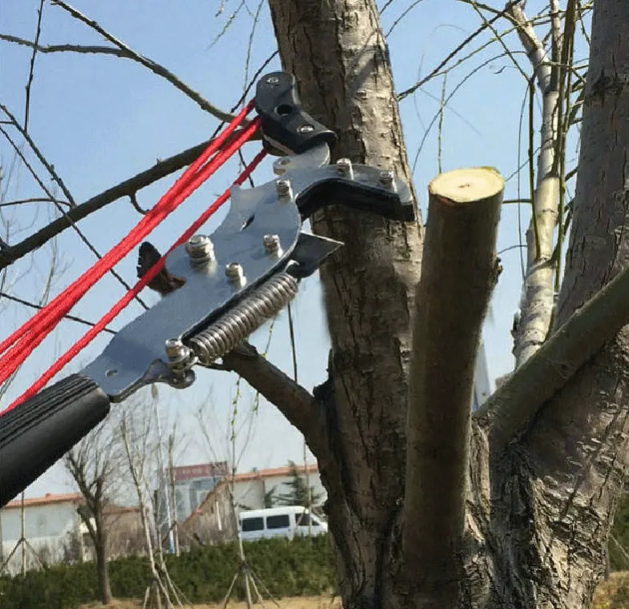How to Prune Trees?
Pruning trees is an essential practice that helps maintain their health, appearance, and structural integrity.
Pruning trees is an essential practice that helps maintain their health, appearance, and structural integrity. Proper pruning promotes strong growth, enhances fruit production (in fruit-bearing trees), removes damaged or diseased branches, and shapes the tree for aesthetic purposes. Here's a step-by-step guide on how to prune trees effectively:
Determine Pruning Objectives:
Identify the reasons for pruning, such as removing dead or diseased branches, shaping the tree for better structure, promoting airflow and sunlight penetration, or enhancing fruit production. Different pruning objectives may require different techniques.
Choose the Right Time:
The best time to prune trees depends on the species and the pruning objectives. In general, dormant pruning (during late winter or early spring) is ideal for most deciduous trees, as it allows for better visibility of the tree's structure and reduces the risk of disease transmission. However, some trees may require specific timing for optimal results, such as flowering trees, which are best pruned immediately after flowering.
Select Pruning Tools:
Use sharp, clean pruning tools appropriate for the size of branches being pruned. Common tools include hand pruners (for small branches), lopping shears (for larger branches), pruning saws (for thicker branches), and pole pruners (for high branches). Ensure that all tools are sanitized to prevent the spread of diseases between trees.

Extension Pole Branch Cut
Identify Branches to Remove:
Assess the tree's overall health and structure, and identify the branches that need pruning. Look for dead, diseased, or damaged branches, as well as any crossing or rubbing branches, water sprouts, and suckers. Avoid removing more than 25% of the tree's canopy in a single pruning session to prevent stress and encourage healthy regrowth.
Make Proper Cuts:
Use the appropriate pruning technique for the size and angle of the branch being removed:
For small branches, make clean cuts just outside the branch collar (the swollen area where the branch attaches to the trunk or larger branch) using hand pruners or lopping shears.
For larger branches, use a three-cut method to prevent bark tearing and ensure a clean cut:
Make an undercut about 12-18 inches from the trunk, cutting upward through the bottom of the branch.
Make a second cut from the top, a few inches further out from the first cut, until the branch breaks off cleanly.
Make a final cut just outside the branch collar to remove the remaining stub.
Use a pruning saw for thicker branches, making a clean, angled cut just outside the branch collar.

Telescopic Tree Pruner with Saw
Prune Strategically:
Focus on maintaining the tree's natural shape and removing only the branches necessary to achieve the pruning objectives. Avoid over-pruning or topping, as this can weaken the tree, promote disease, and lead to rapid regrowth of undesirable branches.
Monitor and Maintain:
Regularly inspect the tree for signs of new growth, disease, or damage, and address any pruning needs promptly. Pruning is an ongoing process that may require periodic maintenance to keep the tree healthy and structurally sound.
Dispose of Pruned Material:
Remove and dispose of pruned branches properly to prevent the spread of diseases and pests. Cut branches into smaller pieces for easier handling and disposal, or consider composting them if appropriate.
By following these steps and techniques, you can effectively prune trees to promote their health, vitality, and aesthetic appeal while minimizing the risk of damage and disease. If you're unsure about how to prune a particular tree species or need assistance with pruning large or hazardous trees, consider consulting a professional arborist for expert guidance and assistance.
What questions do you have about telescopic tree pruners? If you’d like more information about the right equipment for your business, then contact us to schedule a free assessment.
